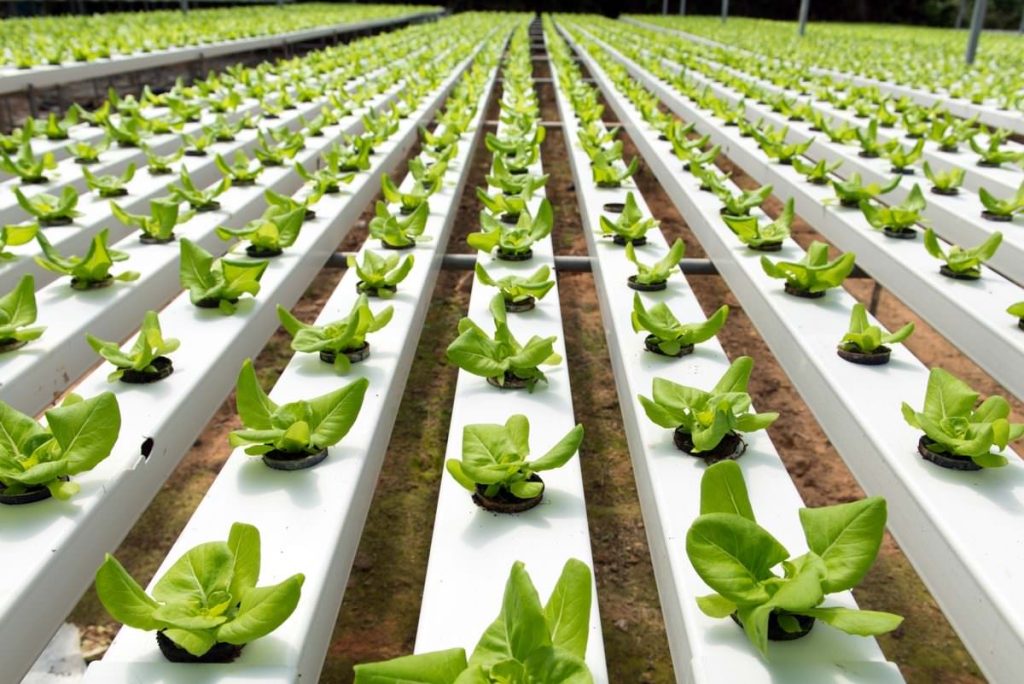In recent years, a revolutionary shift has taken place in the world of agriculture – the emergence of hydroponic grow systems. Traditional farming methods are being challenged by this innovative approach that promises to not only increase crop yields but also reduce the environmental impact of agriculture. In this article, we will explore the fascinating world of hydroponic grow systems, their benefits, and their potential to shape the future of farming.
1. Introduction
Traditional farming methods have long been the backbone of our food supply. However, the ever-growing global population and the challenges posed by climate change have forced us to seek more sustainable and efficient ways of producing food. Hydroponic grow systems have emerged as a beacon of hope in this quest for a better, greener future.
2. What Are Hydroponic Grow Systems?
Hydroponic grow systems are a soilless method of cultivating plants. Instead of relying on natural soil, they use nutrient-rich water solutions to nourish plants directly. This method allows for precise control over the plant’s environment, leading to faster growth and healthier crops.
3. The History of Hydroponics
The concept of hydroponics dates back to ancient civilizations such as the Babylonians and Aztecs, who used rudimentary systems to grow crops without soil. However, modern hydroponics as we know it today began to take shape in the mid-20th century.
4. Types of Hydroponic Systems
4.1 Nutrient Film Technique (NFT)
NFT systems involve a shallow stream of nutrient-rich water flowing over the plant roots. This constant flow provides plants with a consistent indoor hydroponic systems supply of essential nutrients.
4.2 Deep Water Culture (DWC)
DWC systems submerge plant roots in nutrient-rich water, ensuring a continuous supply of oxygen and nutrients.
4.3 Drip System
Drip systems deliver nutrient solutions directly to the plant’s root zone through a network of tubes and emitters.
4.4 Aeroponics
Aeroponic systems mist the roots with a nutrient solution, promoting rapid growth and efficient nutrient absorption.
5. Advantages of Hydroponic Farming
5.1 Increased Crop Yields
Hydroponic systems enable year-round cultivation and can yield up to 30% more crops than traditional soil-based methods.
5.2 Water Efficiency
Hydroponics use significantly less water compared to conventional farming, making it a crucial solution for regions facing water scarcity.
5.3 Space Utilization
Vertical farming with hydroponics allows for the efficient use of space, making it ideal for urban agriculture.
5.4 Reduced Environmental Impact
Hydroponics produce fewer greenhouse gas emissions and reduce the need for harmful pesticides.
6. Challenges in Hydroponic Farming
While hydroponics offer numerous advantages, challenges such as initial setup costs and the need for technical expertise can be obstacles for some farmers.
7. Hydroponics and Sustainable Agriculture
The sustainable nature of hydroponics, with its minimal water and land requirements, aligns perfectly with the goals of sustainable agriculture.
8. Applications of Hydroponic Systems
Hydroponics can be applied to grow a wide variety of crops, from leafy greens and herbs to tomatoes and strawberries.
9. Hydroponics in Urban Farming
In densely populated urban areas, hydroponic systems provide a practical solution for local food production.
10. Future Developments in Hydroponics
The future of hydroponics holds exciting possibilities, including advancements in automation and integration with renewable energy sources.
11. The Economic Viability of Hydroponics
Farmers are increasingly adopting hydroponics due to its potential for higher profits and lower resource consumption.
12. Getting Started with Hydroponic Farming
Exploring hydroponics? Here’s a step-by-step guide to help you get started on your hydroponic farming journey.
13. Success Stories: Farmers Embracing Hydroponics
Learn about inspiring stories of farmers who have transformed their businesses and communities through hydroponic farming.
14. Conclusion
Hydroponic grow systems are not just a trend; they are a sustainable solution to some of the most pressing challenges in agriculture. Embracing this technology can lead to a greener, more efficient, and more resilient future for farming.
15. Frequently Asked Questions (FAQs)
1. Is hydroponic farming expensive to set up?
Setting up a hydroponic system can be initially costly, but the long-term benefits often outweigh the investment.
2. Can hydroponics be used for large-scale agriculture?
Yes, hydroponics can be scaled up for commercial agriculture, and it’s already being done successfully in many places.
3. Do hydroponic crops taste the same as soil-grown crops?
Hydroponic crops are known for their consistent quality and flavor.
4. How do hydroponic systems conserve water?
Hydroponic systems recirculate water, using much less than traditional soil-based farming.
5. What crops are best suited for hydroponic cultivation?
Leafy greens, herbs, and vine crops like tomatoes and cucumbers thrive in hydroponic systems.
In conclusion, hydroponic grow systems represent the future of farming, offering a sustainable and efficient way to meet the growing demand for food while minimizing environmental impact. As technology continues to advance, the adoption of hydroponics is likely to increase, ushering in a new era in agriculture. If you’re intrigued by this innovative approach to farming, don’t hesitate to explore the world of hydroponics and witness its transformative power firsthand.


